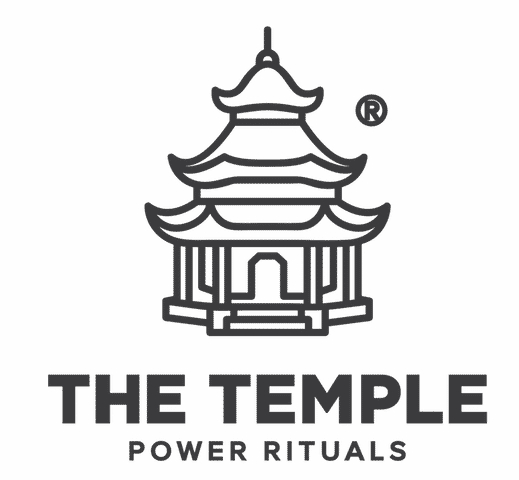
Summary: In one of our previous posts we talked about Matcha green tea. Now I introduce another kind of green tea called Sencha. It is nutritious, energizing and has lots of positive benefits to our health.
Healthy, natural and best when included in your daily diet!
There aren’t many things that are more beneficial to your body on a daily basis than a good Sencha green tea. With our busy, overworked, overstressed, and overstimulated lives many of us have the tendency to follow an unhealthy diet. That likely to contain lots of coffee or carbonated, sugary drinks. Why not try something new that is completely natural, healthy and easy to prepare? I’ve talked about Matcha green tea powder before, and now I would like to introduce another type of green tea that is called Sencha.
Origins of Sencha green tea
Sencha is a Japanese green tea traditionally mixed with hot water and the leaves are included in the drink. Sencha is the most popular green tea in Japan,. It has a green color with a touch of gold and when served cold it has a mellow taste. The hot version has a distinctive sharpness in its taste. The actual flavor differ depending on where and in what season they pick the tea leaves. “Shincha” or “new tea” is the most delicious and nutritious green tea because it is the first flush of the year. Shincha has the most tender leaves and the picking season is in Spring; early April to late May depending on the region of the plantation.
Oppose to Chinese teas, Japanese green tea is steamed to prevent its oxidization. Due to this steaming process the Sencha has brighter color and a slightly bitter, vegetal taste. After steaming, the rolled tea leaves naturally dry in to the shape of tiny cylinders.
Various types of Sencha tea:
- Toku Jô Sencha, extra superior Sencha
- Jô Sencha, superior senchaToku Jô Sencha, extra superior Sencha
- Shincha or Ichibancha, picked first during the year
- Hachijuhachiya Sencha, harvested 88 days after the beginning of the Spring
- Asamushi, lightly steamed Sencha
- Chumushi, middle steamed Sencha
- Fukamushi or fukamushicha, deeply steamed Sencha
- Kabuse Sencha, covered Sencha
Awesome benefits of Sencha tea:
- Lower cholesterol: The polyphenols in Sencha help to prevent the absorption of bad cholesterol.
- Cancer prevention: it can reduce the risk of various cancer types when Sencha green tea is consumed regularly.
- Beautiful skin: with its high content of Vitamin C, Beta Carotene, Vitamin E, and strong antioxidant properties, Sencha helps to maintain a clean and glowing complexion.
- Anti-inflamatory: reduces swelling and bloated feeling caused by not enough potassium in our system.
- Oral health care: Sencha contains fluoride that strengthens and protects the teeth from cavities and its tannin content reduces bad bacteria in the mouth. Sencha also contains catechin that helps to decompose bad odor.
- Fat Burn: its caffeine content helps you to stop the absorption of carbohydrates in to the body consequently also greatly reduces appetite.
- Relaxation and focus: despite the caffeine content, Sencha green tea helps to relax while feeling focused in the same time thanks to its Theanine amino acid content. Theanine is a nutrient that suppresses the effects of caffeine. Drinking green tea oppose to coffee gives us an energized, upbeat feeling without the coffee buzz or crashing a few hours after consumption.
Drink consciously, do not overdo it! As with everything, if you drink too much green tea, you won’t burn more fat, you won’t have excess energy and you won’t feel amazing. Rather the opposite with nausea, headaches and diarrhea. If you are a beginner to Sencha green tea, start with a cup of day and slowly increase the amount. Allow your body to get use to it.









